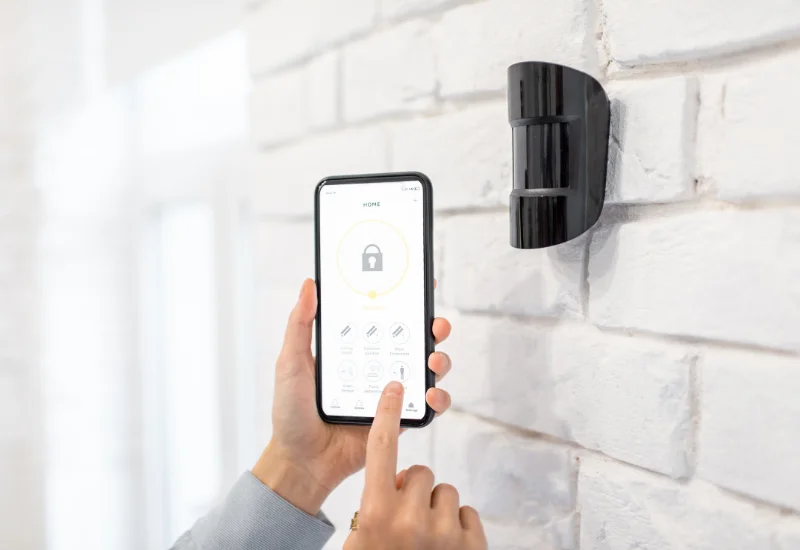
Dec 04, 2025
In this article, we explain what a virtual front desk is and how it works. We discuss advantages and disadvantages, and provide implementation tips and practical examples.
Written by Jill - Written: October 29, 2025
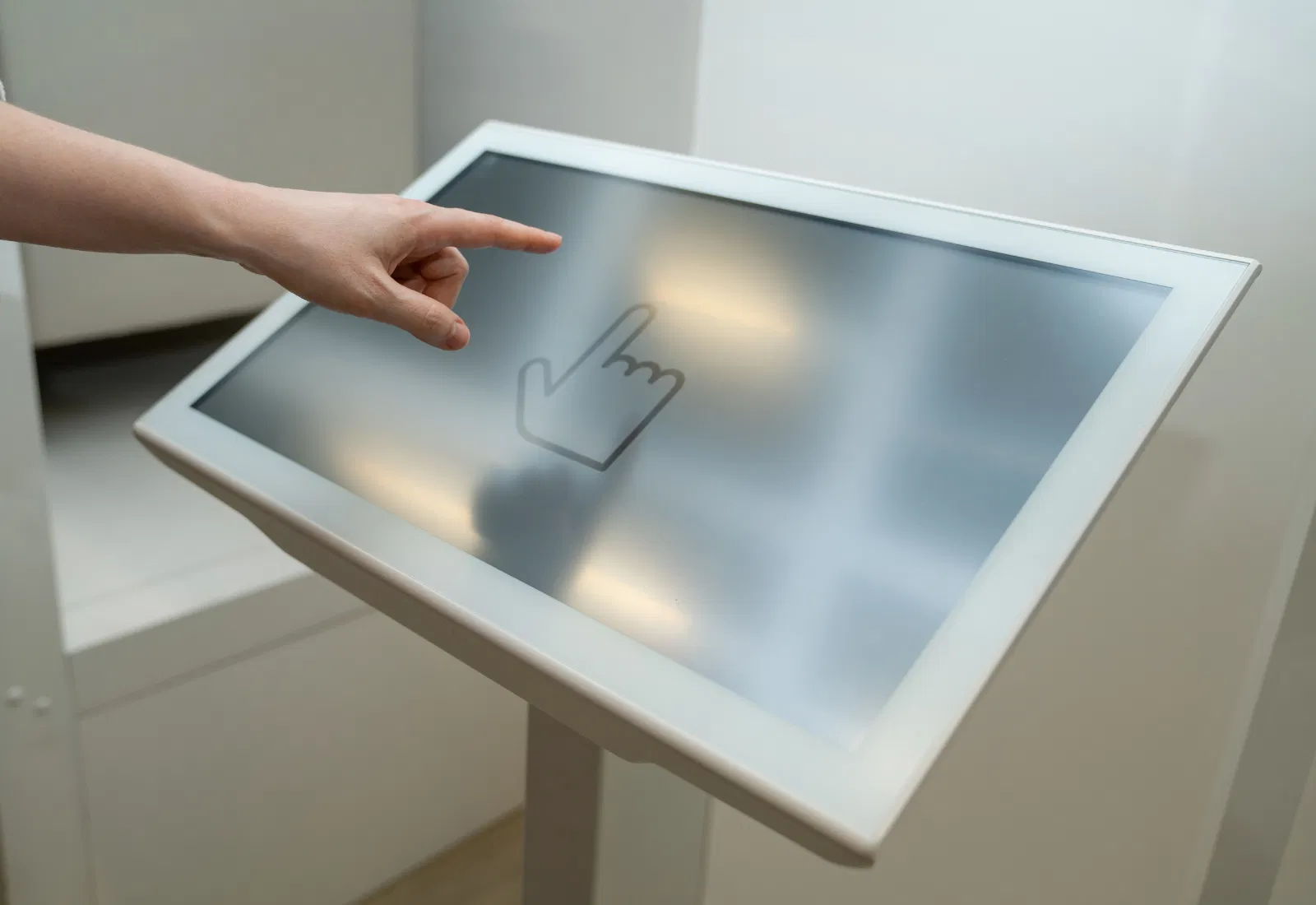
It’s as if J.A.R.V.I.S. were running your company’s reception desk. With a virtual front desk, there is no counter and no receptionist. Instead, a screen greets you, scans your QR code, and opens the door. Just the way the digital assistant from Iron Man would.
What was once science fiction is now everyday practice. More and more companies are switching to digital or hybrid reception desks. Is it impersonal or just hyper-efficient? In this article, we explain what a virtual reception desk is, its advantages and disadvantages, and what to consider when implementing one.
A virtual front desk is a digital, unmanned, or remotely manned reception desk. Visitors, suppliers, and employees are welcomed and assisted without a receptionist being physically present. This is usually done via a kiosk or tablet, sometimes supported by intercom or video chat.
Such a digital reception desk performs the same tasks as a traditional reception desk with a receptionist, but in an automated way: check-in, identity checks, badge issuance, access control, and notifications to the host or hostess. Office buildings with multiple tenants, organizations with different locations, companies that operate day and night, or those with hybrid working arrangements, among others, benefit from the continuity and consistency of a virtual reception desk.
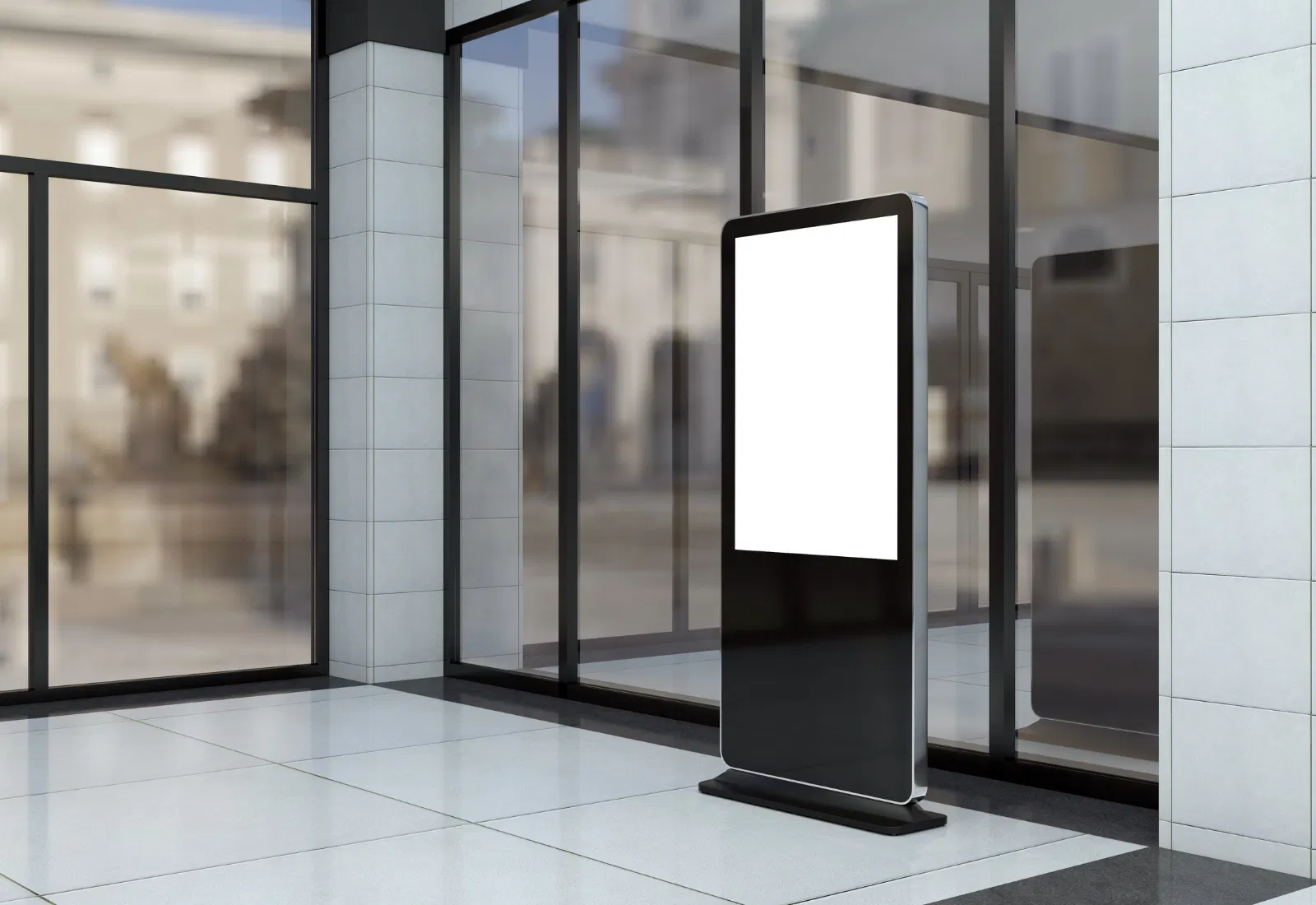
In an unmanned reception area, visitors check in at a kiosk or tablet. They can do this using a QR code received in advance or by entering their name in a visitor registration system. Where necessary, support is available via intercom or video.
The system then verifies the visitor’s identity and automatically issues a visitor badge or (temporary) PIN code. You can also have the guest sign privacy terms, safety regulations, or a non-disclosure agreement (NDA). All relevant data is logged and securely stored in the cloud. The host automatically receives a notification and goes to pick up the visitor, or doors and gates are released based on the assigned rights.
This system is often supplemented with a remote receptionist, who can immediately assist the visitor with questions or problems via intercom or video chat.
A few examples:
A visitor enters an office building and checks in at a kiosk. The visitor scans a QR code received in advance, confirms the appointment, and signs a privacy statement. A visitor badge is printed, and the host automatically receives a notification.
An external engineer checks in at the gate of a manufacturing company. The technician scans their ID and work order and is shown a brief safety instruction. The kiosk prints a zone-specific badge, opens the gate, and sends a notification to the supervisor.
A truck driver arrives at a distribution center and reports to the virtual reception at the gate. The driver selects a language, scans the loading or unloading reference, and is recognized via license plate recognition (ANPR). The system automatically assigns a dock and opens the barrier.
A virtual reception is not bound by desk hours. The system operates day and night, year-round. When you combine a digital system with a remote receptionist, live assistance for questions and support is always available, even outside office hours, on weekends, and on holidays.
Visitors register digitally and do not have to wait for a receptionist to be available to assist them. The registration process runs smoothly thanks to pre-registration, clear steps, and automatic identity verification and badge issuance. This reduces queues and speeds up visitor flows.
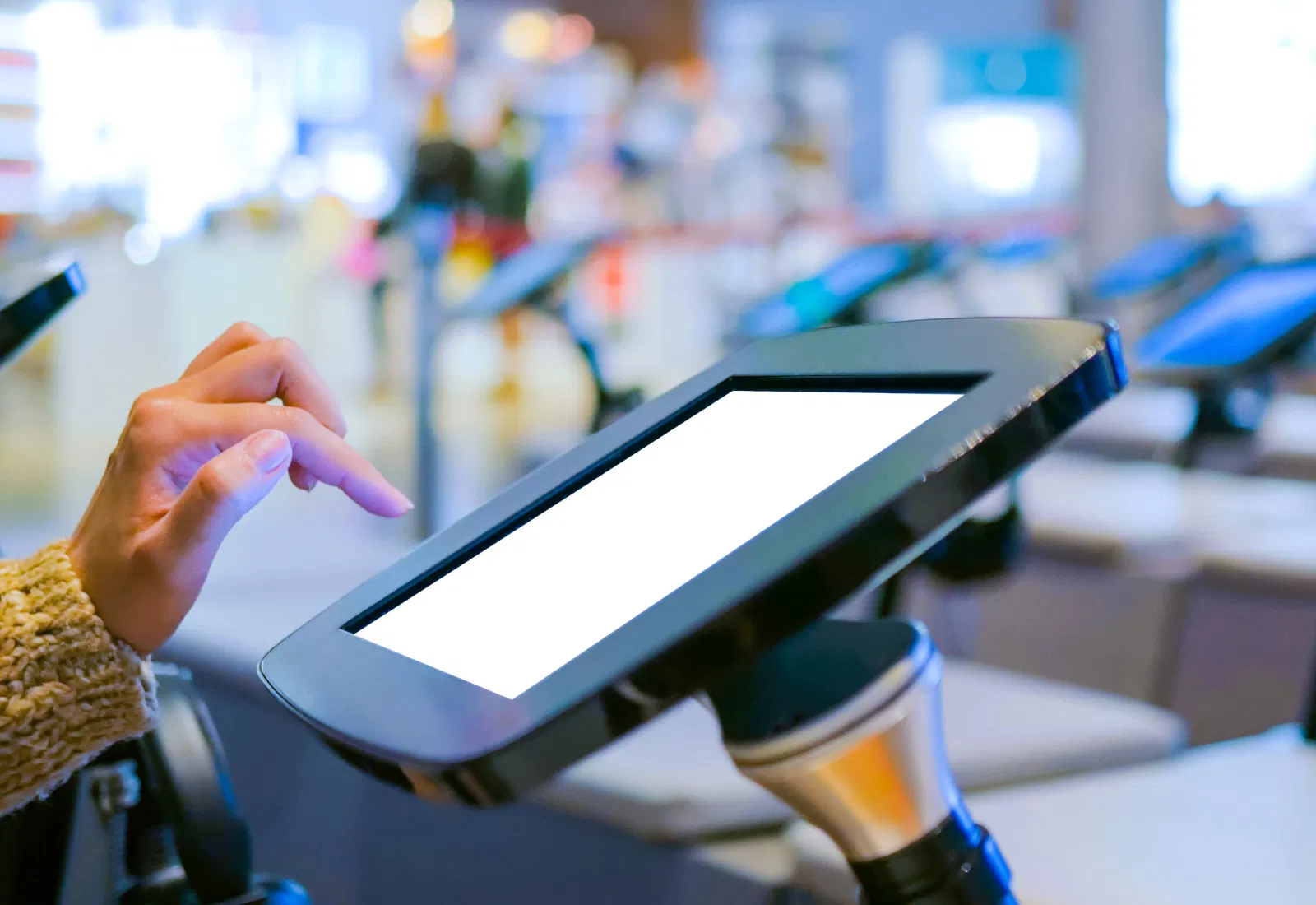
A digital reception desk is often cheaper than a full-time receptionist. You save on personnel costs (salaries, training, leave) and on space and operational costs, while remote employees can be deployed more efficiently.
Systems and processes are managed centrally and rolled out per location as templates. This allows you to maintain the same quality and procedures everywhere, with room for local settings based on visitor flows or seasonal demand.
The reception process is quick and smooth, with clear steps and multiple languages. Visitors experience a modern, professional welcome that inspires confidence in customers, suppliers, and partners.
The integration of visitor registration with access control and identity verification and a privacy-friendly visitor register increase security in your company and provide insight into who is where in the building, which makes evacuations run more smoothly. It is also easier to comply with privacy legislation such as the GDPR, because sensitive data is stored securely and automatically deleted after the retention period has expired.
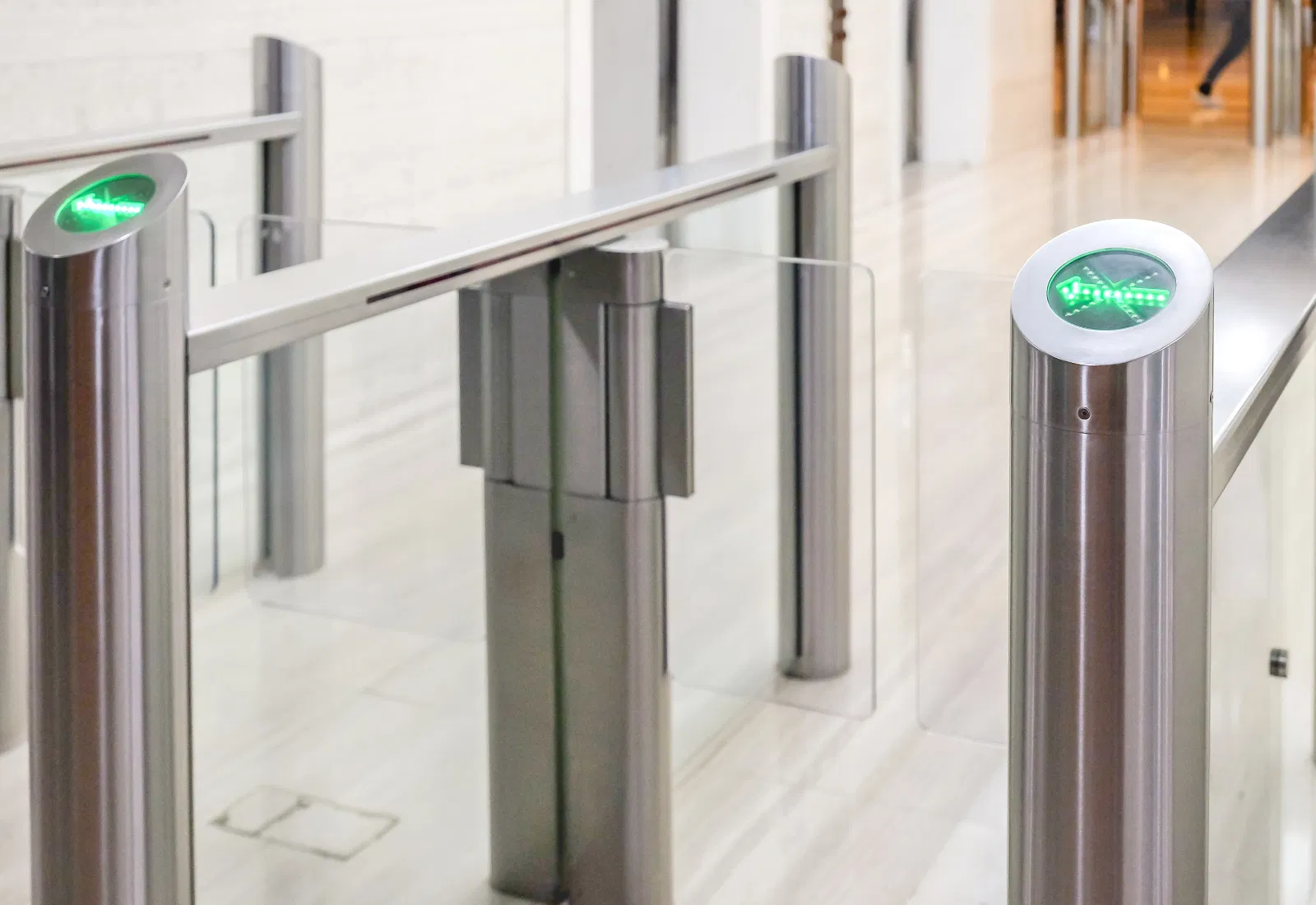
A virtual reception can feel impersonal. Without a receptionist, the welcome is more distant. Important customers or partners in particular may perceive the lack of hospitality as a shortcoming. A remote receptionist or a VIP welcome by the host or hostess can offer a partial solution here.
A virtual reception is highly dependent on the technology it uses. Internet, power, or equipment failures can temporarily shut down the reception. Emergency procedures and backup solutions are therefore crucial.
Not everyone is comfortable using kiosks or digital registration codes. These individuals require additional support, clear steps, and accessible interfaces. Exceptional and complex situations also still require human intervention, such as visitors without appointments, urgent deliveries, or special requests.
The check-in process is entirely self-service: visitors register themselves at a kiosk or tablet and automatically receive a badge, PIN code, or mobile key. There is no assistance from a receptionist (physical or virtual).
The digital self-service reception is supplemented by a remote receptionist, who can provide assistance via intercom or video chat if necessary.
Perhaps the most popular option in companies is a digital reception desk with a receptionist who is physically present. Here too, visitors check in digitally themselves. The receptionist provides a warm welcome and can assist visitors with any questions or problems.
During office hours, at peak times, during special events, or for VIPs, a receptionist is physically present. Outside of these times, the virtual reception takes over.
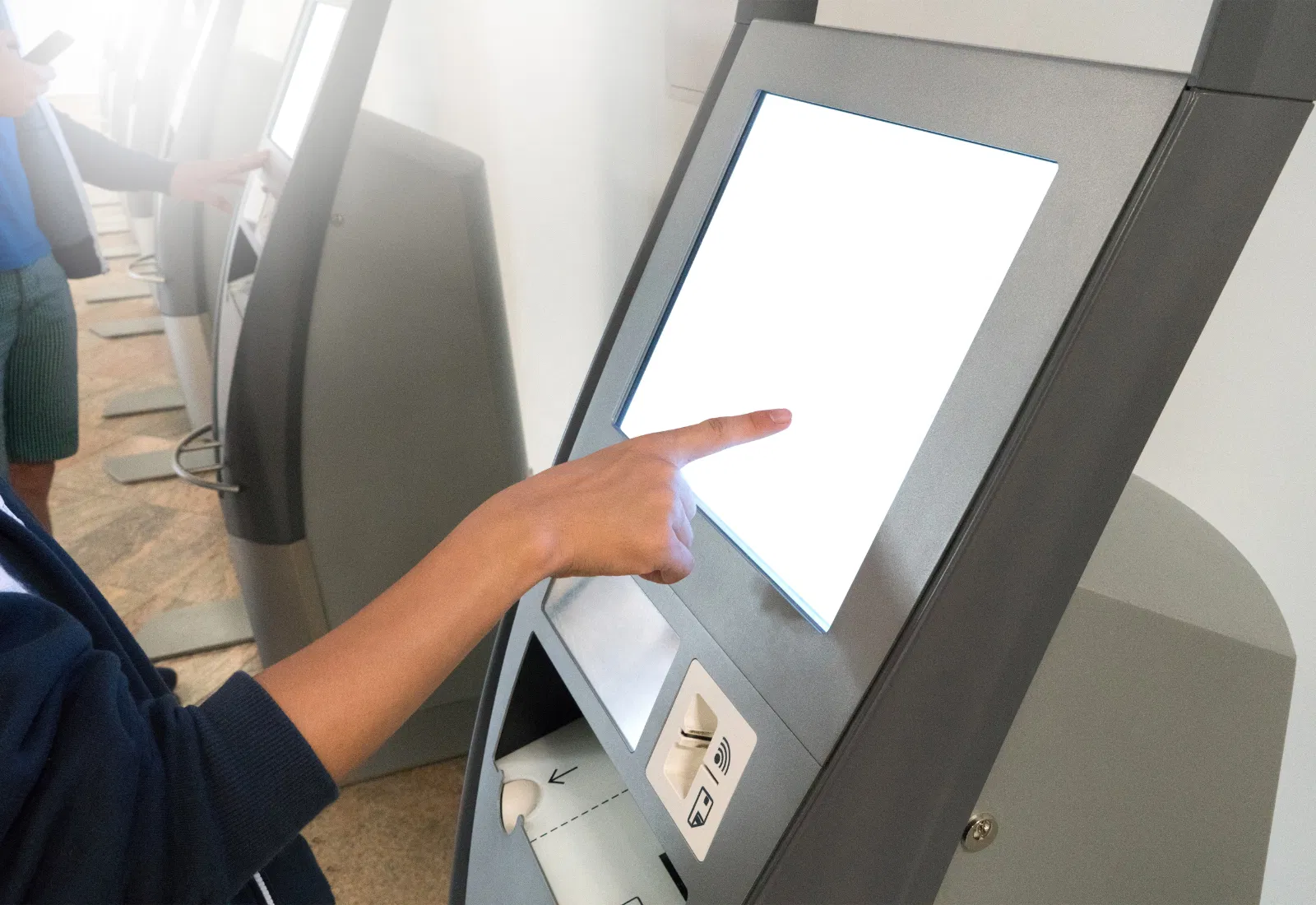
A virtual reception stands or falls with reliable technology. So make sure you have a stable internet connection and power supply. Choose reliable hardware (kiosk, tablet, scanner, badge printer, camera, intercom, access control systems). Test all systems thoroughly on site under real light and sound conditions.
Everything tested? Check! But malfunctions can always occur. So make sure you have a fallback option: emergency power, a local list of agreements, temporary codes or physical keys, and clear instructions for security and staff.
For visitors with little digital experience, a virtual reception is not always straightforward. Help them with clear and simple steps, a clear interface, large buttons, and high contrast. Offer multiple languages, and provide a call button, live video help, and a phone number for those who get stuck.
Also consider physical accessibility. Place the kiosk at wheelchair height and make sure that the scanner and printer are easily accessible.
What do you do with visitors without an appointment or without a phone, with large groups or high-ranking guests? And what about urgent deliveries and peak times? Think carefully about this and establish procedures and roles so that exceptions do not pose a problem.
Also develop separate emergency procedures for fire, evacuation, technical malfunctions, denied access, and other incidents. Practice these scenarios periodically so that everyone knows what to do in an emergency. Good preparation is crucial to prevent small problems from having major consequences.
Read more in our guide to visitor registration and emergency preparedness.
A digital visitor management system makes it easier to comply with the GDPR than a paper logbook. After all, visitor data cannot be viewed by just anyone and is stored encrypted in the cloud. Nevertheless, there are a few guidelines to keep in mind. Only process necessary data, apply clear retention periods, and inform visitors transparently about what you record and why. Choose a suitable storage location for data, and secure the system with encryption, strong passwords, and two-step verification.
Always available, quick to use, secure, and cost-effective: a virtual reception desk has clear advantages. It streamlines visitor registration and ensures a professional first impression. But it is not a miracle cure. Less personal contact can make it feel cold and distant, and dependence on technology can be a vulnerability.
The best choice is rarely black and white: choose the right mix of self-service, virtual staffing, and hybrid solutions that suits the size of your organization, the number of locations, opening hours, and visitor flows.
A good starting point is digital visitor registration. Preregistration and check-in with QR codes speed up the flow, agreements and regulations can be signed securely, and you get a complete visitor log for security, audits, and reporting. This allows you to combine efficiency with a professional, welcoming reception.
To get a feel of how a modern visitor management system can help your business, try out Vizito during a 14-day trial. Chat with us or book a demo to discuss how Vizito can help you improve your reception.